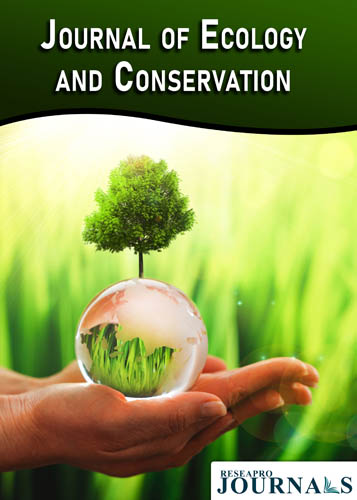
Journal of Ecology and Conservation
OPEN ACCESS
ISSN: 3048-5177

OPEN ACCESS
ISSN: 3048-5177

Department of Zoology, Ravenshaw University, Odisha, India
Conservation of species has been paramount in maintaining the health of the world’s biodiversity and preserving the environment for future generations [1]. Mandated by the United Nations, the International Union for Conservation of Nature (IUCN)’s Red List of Threatened Species has been the cardinal resource for the global conservation status and the extinction risk of biological species since its inception in 1964. case [6]. In point of fact, these DD species could belong to any Red List category, from Least concern to nearly extinct, making conservation efforts challenging for conservationists and practitioners, who more often than not tend to overlook such species in analyzing biodiversity impacts and changes [7]. The Red List presents not as a singular catalog of living species at risk but as a repository of information encompassing the geographical distribution, habitat, niche, population size, and range of a species along with the potential threats to its existence owing to poaching, illegal trade, habitat destruction or any other anthropological or natural sequelae. is comprehensive information e ectively equips conservationists to formulate conservation actions for each species under threat of extinction [2].
Received 12 February 2024; Revised 15 March 2024; Accepted 25 March 2024
Department of Zoology, Ravenshaw University, Odisha, India